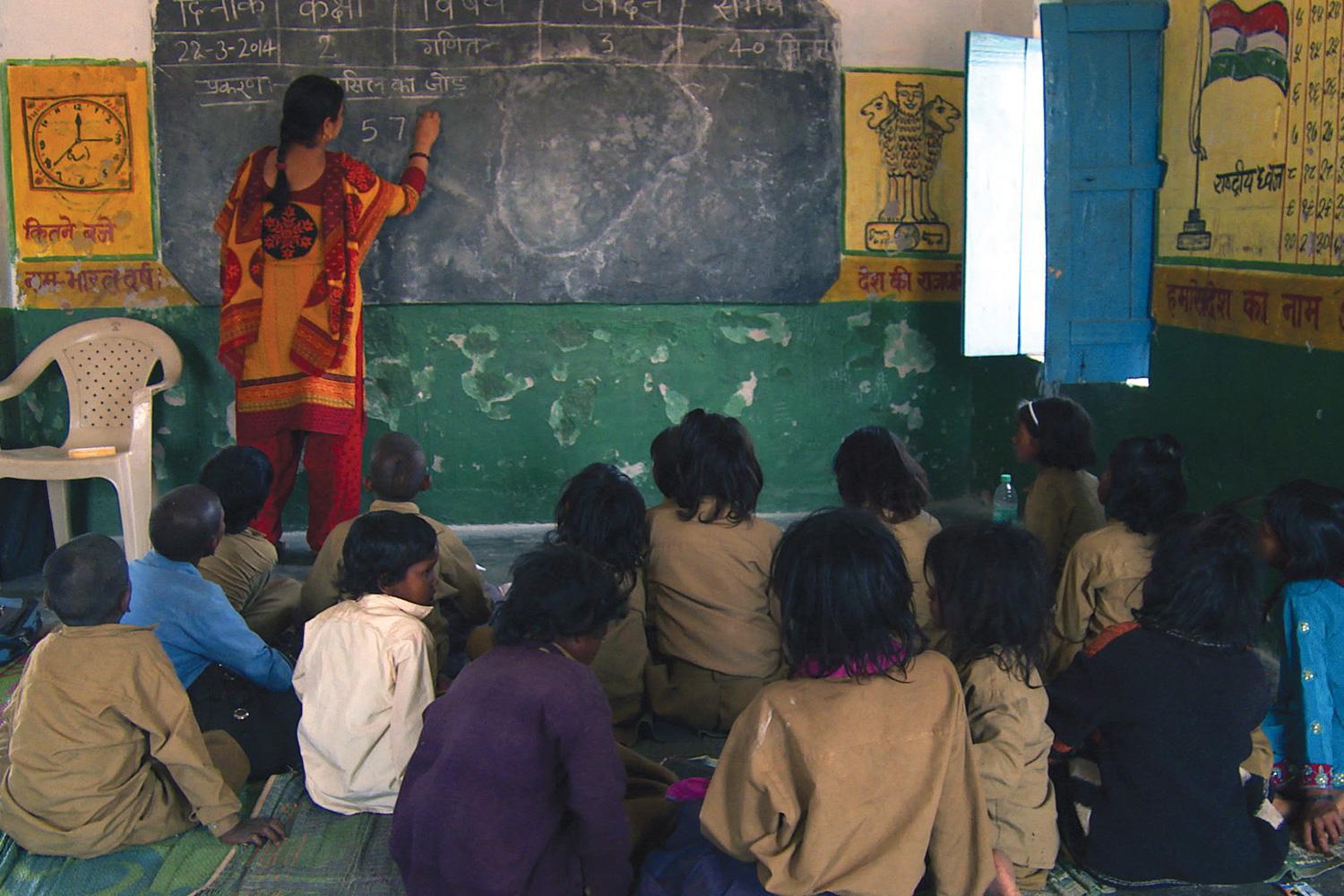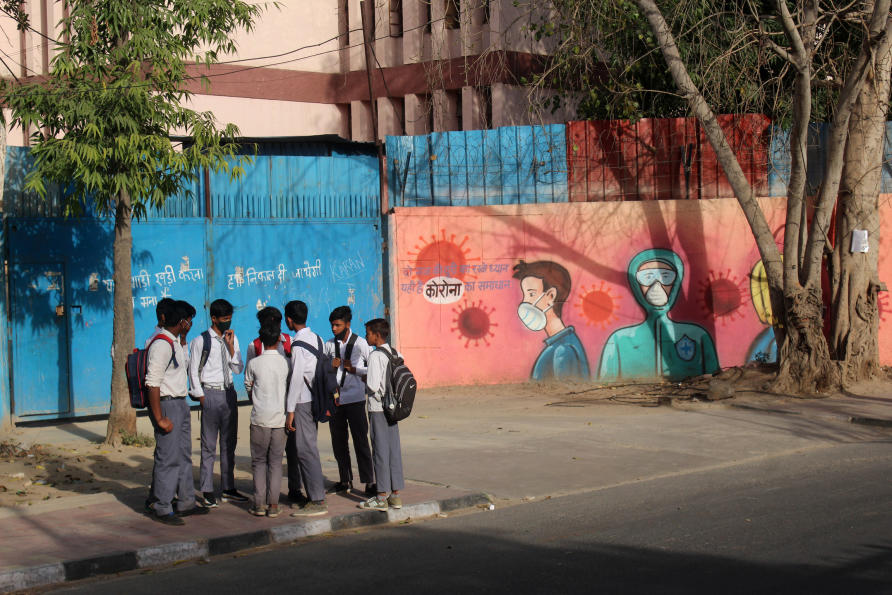


Key Findings Interactions between international and domestic studentsĪlthough there is an extensive literature on interactions between international and domestic students, research has been undertaken almost exclusively from the perspective of the international students. Individuals who are nationals of a country that accepts (and hosts) international studentsĪ person who temporarily relocates to another country, generally for a specific time and purpose (e.g., education, work) with the intention of returning to his/her home country. The amount of perceived similarity/dissimilarity between two cultures Involving more than one nation or nationality The following terms, which are used throughout the review, may require further elaboration. The review concludes with a summary and recommendations for researchers, educators and administrators. programmes for student halls of residence.cooperative learning in the classroom, and.The second section describes and evaluates: Interactions between international and domestic students.The first section is divided into four parts: a description and analysis of strategies that have been used to promote internationalisation and increase intercultural understanding.an overview of educational, social and cultural impacts and.The review materials are organised into two major sections: Where appropriate, these will be forwarded to the contracting authority. The summary and the interpretation of research findings, however, should only be attributed to the author.Īs the review was undertaken and completed in a relatively short period of 11 weeks, it is likely that additional materials will be uncovered and/or obtained after the document's submission. The report on Fostering Social Cohesion in Universitiesīy Smart, Volet and Ang (2000) was particularly useful in preparing this review, and the author would like to thank Simone Volet (Murdoch University) for her suggestions of relevant resources and Neil Quintrell (formerly of Flinders University) for comments on peer-pairing programmes.
INDIAN 2001 EDUCATION DIVIDE PROFESSIONAL
This was supplemented by posting enquiries on the electronic communication networks of various professional organisations (such as the International Association for Cross-cultural Psychology and the International Academy of Intercultural Research), the search of various organisation web-sites (e.g., CRIE, DETYA), consultation with Ministry of Education staff, and personal contact with regional researchers. The review commenced with the search of electronic data bases in education, sociology and psychology.

What is the comparative usage of institutional support facilities by international and domestic students?.What is the nature of the interaction and relationships between international students and host communities?.What is the nature of the interaction and relationship between international and domestic students?.

Five key areas were identified for review: The review of international and local materials was directed to consider social, cultural and educational impacts of international students on domestic students and on secondary and tertiary educational institutions.
INDIAN 2001 EDUCATION DIVIDE FULL
The review was commissioned by the Ministry of Education to inform policy development and effective planning in the area of international education, particularly with respect to full fee-paying students. Executive Summary Purpose, process and organisation


 0 kommentar(er)
0 kommentar(er)
